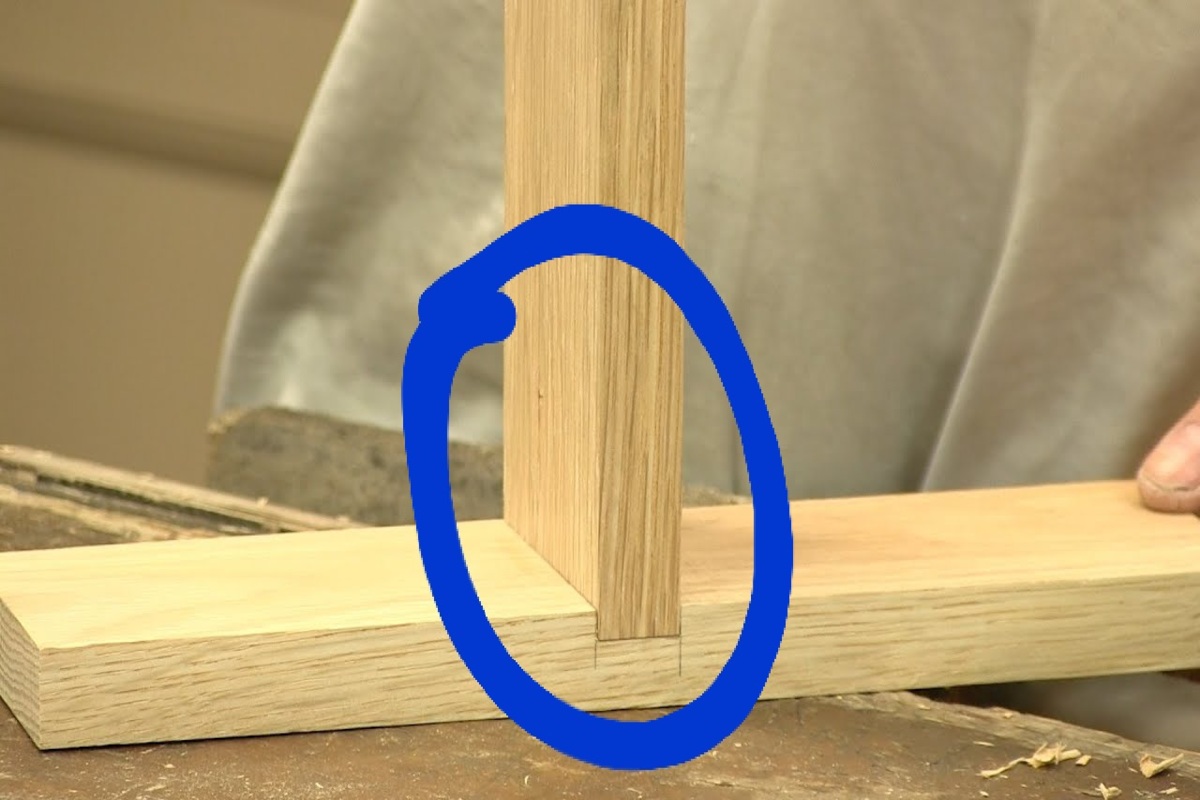A dado joint is a type of carpentry joint that is commonly used in woodworking projects, such as cabinets and shelving. This joint is also referred to as a housing joint.

To create a dado joint, a channel is made along the length of a workpiece. This channel fits with a corresponding piece to create a tight fit between the two pieces.
Once the two pieces are combined, a strong and durable joint is formed. This joint can be further reinforced with glue and nails, if necessary.
Dado joints are popular in carpentry because they provide added strength and stability to a finished project. They are especially useful in cabinets and shelving where the weight of objects placed on them can be quite heavy.
Table of Contents
Dado Joint Definition
Dado joint is a type of woodworking joint that involve cutting a slot or groove, known as a dado, into one piece of material and fitting another piece of material into the slot.
The channel, often referred to as a dado cut, receives a piece of material that is measured and cut to fit snugly inside the channel.
Explanation
Dadoes and grooves are both defined as three-sided channels cut into a workpiece, but a dado is cut across the grain of the wood, while a groove is cut parallel to the grain. Dado joints provide remarkable strength and stability and can support heavy items such as appliances, books, and tools.
One of the advantages of dado joints is their simplicity in creation. They are easy to make and are often used in conjunction with other types of joints to create more complex joint systems, such as shelves, bookcases, and other types of furniture. Dado joints are known for their durability and can withstand the test of time, making them a favorite among woodworkers.
Types Of Dado Joints
There are 3 types of dado joints commonly used in the woodworking industry.
1. Through Joint:
The through dado joint is the most common type, as it cuts all the way across the width of the board from one edge to another. This joint can be created using a table saw equipped with a dado stack, a router and jig, or a router table.
2. Rabbet Joint
A rabbet joint is a cut made on the edge of a piece of wood that leaves a recessed area along the edge. When the dado cut receives the rabbet, it creates a stronger and more rigid joint than a standard through dado joint. This type of joint can also be created using a table saw with a dado stack, a router and jig, or a router table.
3. Stopped Joint:
The stopped dado joint is similar to the through joint, but the cut stops short of the edge of the wood, making it ideal for concealed joints. Although a table saw equipped with a dado stack can create this joint, a router setup is recommended for a cleaner cut.
Faqs
Through joint, rabbet joint and stopped joint.
A woodworking joint that creates a slot or groove in one piece of wood to securely hold another piece of wood.
Strong, flush, seamless appearance, hidden joints, easy to create, versatile.
